A Certificate of Origin (COO) is a key document in international trade, proving where a product is made. It is required by customs authorities and often needed for tariff purposes, import/export regulations, and trade agreements. Whether you’re a business owner or a trader, understanding the process of obtaining a COO can save time and help avoid delays at customs.
In this article, we will guide you through a Certificate of Origin, explain why it’s important, and explain how to obtain one for your products. We’ll cover everything you need to know to ensure your shipments run smoothly and comply with international trade requirements.
Purpose of Certificate of Origin
In addition to verifying the origin of goods, a Certificate of Origin helps reduce the risk of disputes between exporters, importers, and customs authorities. It can also serve as proof that products comply with regional standards or regulations, helping businesses gain access to new markets more easily. Furthermore, some countries or regions may require a COO to prevent the importation of counterfeit or substandard products.
By ensuring accurate documentation, the certificate helps maintain trust between trading partners and promotes a more transparent global trade system. Ultimately, a Certificate of Origin is essential for facilitating international commerce efficiently and legally.
What are the Types of Certificates of Origin
Two main types of Certificates of Origin (COO) are commonly used in international trade:
- Non-Preferential Certificate of Origin: This type is the most common and is used to certify the country of origin of goods without special trade benefits. It’s typically required for general international trade and ensures that the product complies with customs regulations in the importing country. It does not offer reduced tariffs or special treatment, but it is important for customs clearance and tracking.
- Preferential Certificate of Origin: This type is issued when goods qualify for special tariff treatment under a free trade agreement (FTA) or preferential trade program. It certifies that the goods meet specific criteria that allow them to benefit from reduced tariffs or other trade advantages. For example, Generalized System of Preferences (GSP) or agreements like NAFTA (now USMCA) between certain countries.
Who Issues a Certificate of Origin?
A Certificate of Origin (COO) is typically issued by an authorized body or organization in the exporting country. The most common issuers include:
- Chambers of Commerce: The local Chamber of Commerce is responsible for issuing COOs in many countries. They are widely recognized by customs authorities and trade partners, ensuring the authenticity of the document.
- Government Authorities: Sometimes, the government or a designated agency may issue the COO. This is often true for specific industries or regions that require additional scrutiny or regulation.
- Exporters or Manufacturers: In certain cases, exporters or manufacturers may self-certify the origin of the goods, especially under preferential trade agreements. However, this certification usually requires validation or acknowledgment from an official body.
- Customs Brokers: In some instances, customs brokers may also facilitate the issuance of the COO, especially if they act on behalf of an exporter to handle documentation and compliance with customs regulations.
What’s Included in a Certificate of Origin?
A Certificate of Origin (COO) typically includes the following key information:
- Exporter and Importer Details: The names and addresses of the exporter and the importer identify the parties involved in the trade.
- Description of Goods: A detailed description of goods being shipped, including their type, quantity, and, in some cases, their value.
- Country of Origin: The country where the goods were manufactured or produced, which is the core purpose of the document.
- HS Code: The Harmonized System (HS) code classifies the goods for customs purposes.
- Certificate Issuance Date: The date the Certificate of Origin is issued, confirming when the origin of the goods was verified.
- Signature and Stamp of Issuing Authority: The signature of the authorized person and the official stamp or seal of the Chamber of Commerce, government agency, or any other certifying body responsible for issuing the COO.
- Preferential or Non-Preferential Status: If applicable, the certificate will specify whether the goods qualify for preferential treatment under a trade agreement or are being shipped under standard (non-preferential) conditions.
This information ensures customs authorities can verify the legitimacy of the goods’ origin and process them accordingly.
You can ensure accurate HS code classification for your Certificate of Origin with Intoglo’s HS Code Lookup Tool. Quickly find the right codes and tariffs to streamline customs clearance and compliance.
Also Read: Understanding HS Code for Customs Clearance in India
Procedure for Obtaining a Certificate of Origin
To get a Certificate of Origin, you have two options: an in-person procedure or an online procedure.
- In-person Procedure:
- Visit the relevant office, such as the Chamber of Commerce (e.g., ICC office), and submit the completed Certificate of Origin form along with necessary documents and a cover letter in the name of the exporting company.
- Online Procedure:
- Register on the relevant online portal (e.g., DGFT COO in India) and log in using your Importer Exporter Code (IEC).
- Fill out the form with details about the product, invoice number, and trade agreements, and upload the required documents with digital signatures.
- Pay the necessary fees through the online platform.
- Once approved by the issuing authority (such as Customs or the Chamber of Commerce), the Certificate of Origin is issued, either digitally or in traditional form.
This process ensures that exporters can benefit from preferential trade agreements and simplifies the customs clearance process.
How Can a Freight Forwarder Help with Your Certificate of Origin?
When obtaining a Certificate of Origin (COO), working with an experienced freight forwarder can simplify the process as a one-stop solution for seamless FCL shipping and customs clearance from India to the USA.
Intoglo ensures your shipments meet all necessary compliance requirements and reach their destination easily. Here’s how Intoglo can assist:
- Direct Coordination with Shipping Lines and Customs Brokers: Intoglo works directly with key players, ensuring that your shipments are processed smoothly without delays or extra charges typically caused by agents.
- End-to-End Shipment Visibility: With Glotrack, Intoglo’s advanced tracking module, you can stay updated on your shipment’s journey from pickup to delivery, including the Certificate of Origin process.
- In-House Compliance Team: Intoglo conducts pre-screening before shipment departure, ensuring all documents, including the COO, are for hassle-free customs clearance.
- Global Team Support: Operating across India and the USA, Intoglo ensures quick resolution of queries in both time zones, keeping the shipping process efficient.
Key Benefits of Working with Intoglo:
- Instant Rates for full container loads on the India-to-USA route.
- Customs Bond Services for USA exporters.
- AI-based HTS Code Scanner will identify the correct classification for your goods.
- Transparent Pricing with no hidden charges.
- Extensive Warehouse Network of 50+ locations in the USA, ensuring smooth logistics.
Get in touch with our FCL experts for a free consultation.
Benefits of Certificate of Origin
A Certificate of Origin (COO) offers exporters, importers, and customs authorities several key benefits. Here are some of the main advantages:
- Compliance with Regulations: A COO ensures that your products meet the destination country’s import regulations. Customs authorities often require it to verify the country of origin of goods, ensuring they comply with tariffs, quotas, and trade agreements.
- Access to Preferential Tariffs: By proving the origin of the goods, the COO helps businesses qualify for lower tariffs or even tariff exemptions under trade agreements like the Generalized System of Preferences (GSP), SAARC, or the Asia-Pacific Trade Agreement (APTA). This reduces the cost of imports and can lead to significant savings.
- Facilitates Smooth Customs Clearance: Having a COO ensures that your goods clear customs quickly and without delays. It helps avoid complications or disputes over product origin, making the process smoother for exporters and importers.
- Building Trust with Trading Partners: A COO helps establish the credibility and legitimacy of the goods, fostering trust between the exporter and importer. It assures that the products comply with the agreed-upon terms, which is vital in international trade.
- Promotes Market Access: Many countries require a Certificate of Origin. With this document, exporters can access new markets, especially those with trade preferences or agreements with their country of origin.
- Avoids Legal Issues: A COO reduces the risk of legal disputes related to product origin or improper documentation. By ensuring that goods are correctly classified and their origin is confirmed, businesses can avoid penalties or complications that might arise during customs inspections.
- Supports Trade and Economic Growth: By facilitating smoother international trade, the COO contributes to the growth of global commerce. It allows businesses to expand into new markets, improve competitiveness, and contribute to economic growth.
Schemes Under Tariff Preferences
Schemes under Tariff Preferences are designed to support developing countries and foster regional trade by offering tariff reductions or exemptions. These programs help make exports more competitive and encourage trade between nations. Let’s explore a few major schemes:
- Generalized System of Preferences (GSP): The GSP is a trade program that provides preferential tariff treatment to developing countries, allowing them to export goods to developed countries at lower or zero tariffs. It aims to promote economic growth and development by making it easier for developing nations to access global markets. The GSP reduces barriers to trade and boosts exports, making goods from developing countries more competitive in the international market.
- SAARC Preferential Trading Agreement (SAPTA): SAPTA is an agreement among the member countries of the South Asian Association for Regional Cooperation (SAARC) to promote intra-regional trade by offering tariff concessions. Under SAPTA, South Asian countries can trade goods at reduced tariff rates, encouraging economic integration and strengthening the region’s trade relationships. It helps member countries improve access to each other’s markets while fostering economic cooperation.
- Asia-Pacific Trade Agreement (APTA): APTA, formerly known as the Bangkok Agreement, is a trade agreement between several countries in the Asia-Pacific region that provides tariff concessions to promote intra-regional trade. APTA aims to enhance economic cooperation and integration among member countries by reducing trade barriers. The agreement offers preferential tariffs on goods traded between its members, supporting economic development and trade growth in the Asia-Pacific region.
These schemes help lower the cost of goods traded between countries and provide economic opportunities, especially for developing nations. They are crucial in improving trade relations and fostering growth in emerging economies.
Conclusion
Obtaining a Certificate of Origin is crucial in ensuring smooth international trade and customs clearance. By understanding its purpose and steps, you can avoid delays, save on tariffs, and build trust with your trading partners.
Whether you are a first-time exporter or a regular shipper, working with a reliable freight forwarder like Intoglo can streamline the process, ensuring all documentation, including the COO, is handled efficiently. Intoglo offers end-to-end logistics, from customs clearance to delivery, with transparent pricing and seamless communication.
If you’re looking for a hassle-free shipping experience, get an instant quote from Intoglo today and let us handle the complexities of your international shipments.


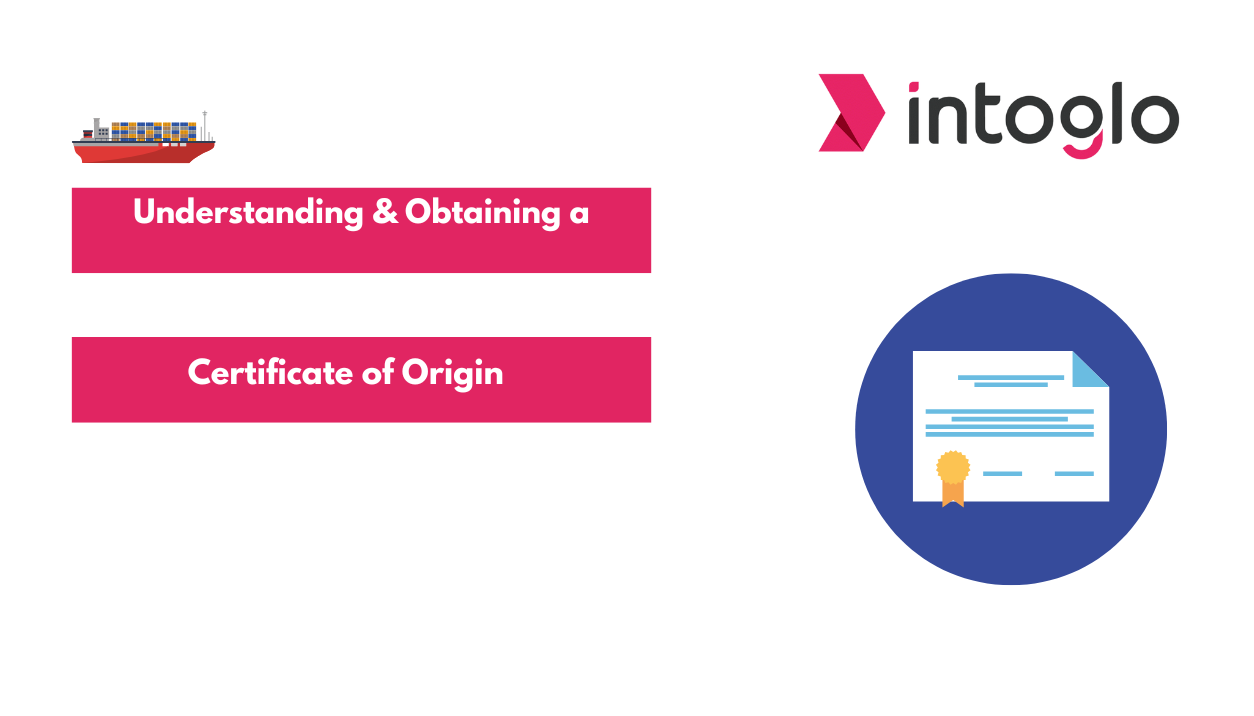
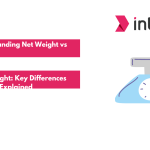
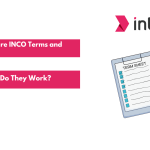
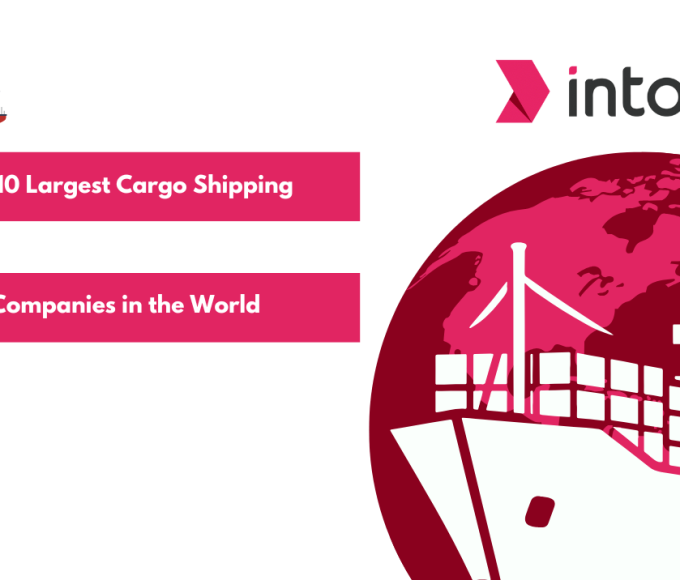
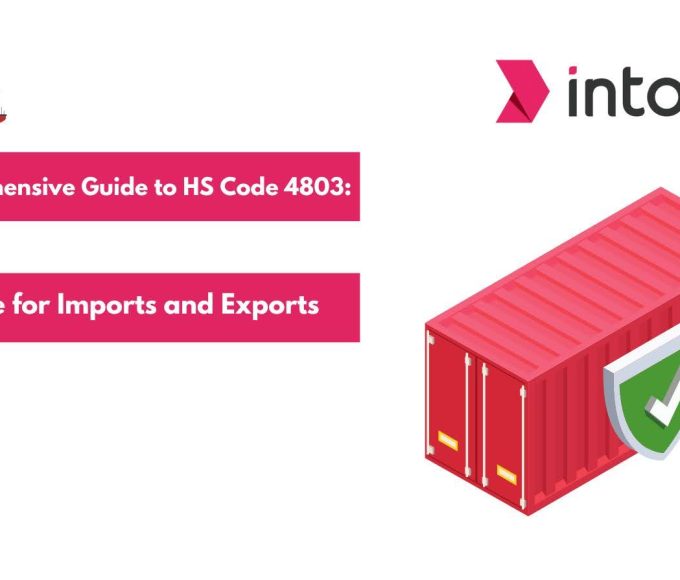
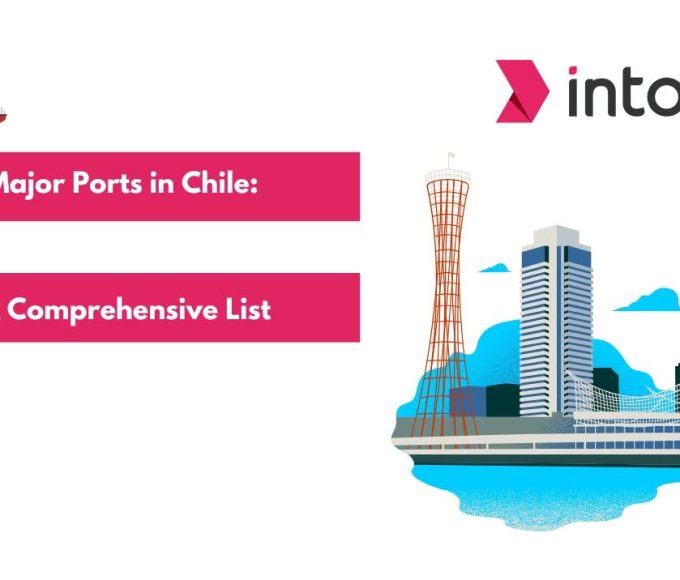
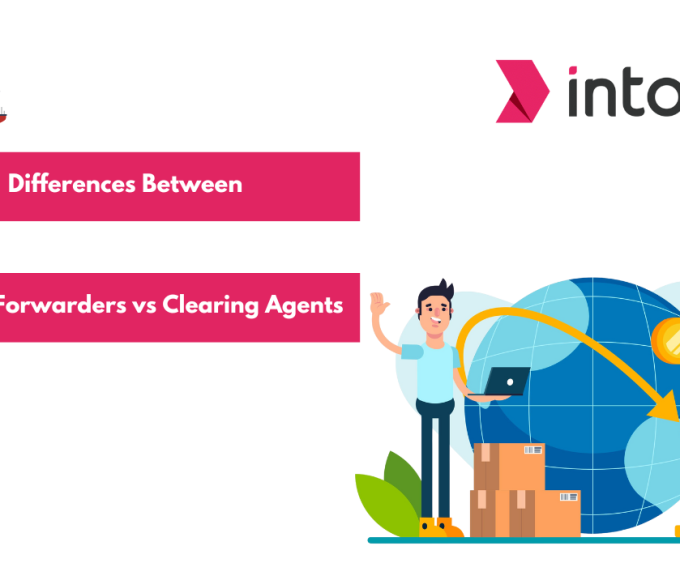
Leave a comment